Why Holiday Plumbing Problems Spike
Holiday plumbing problems spike in Tulsa due to extra guests, heavy kitchen use, and cold weather. Learn why problems happen and how to prevent them this season.
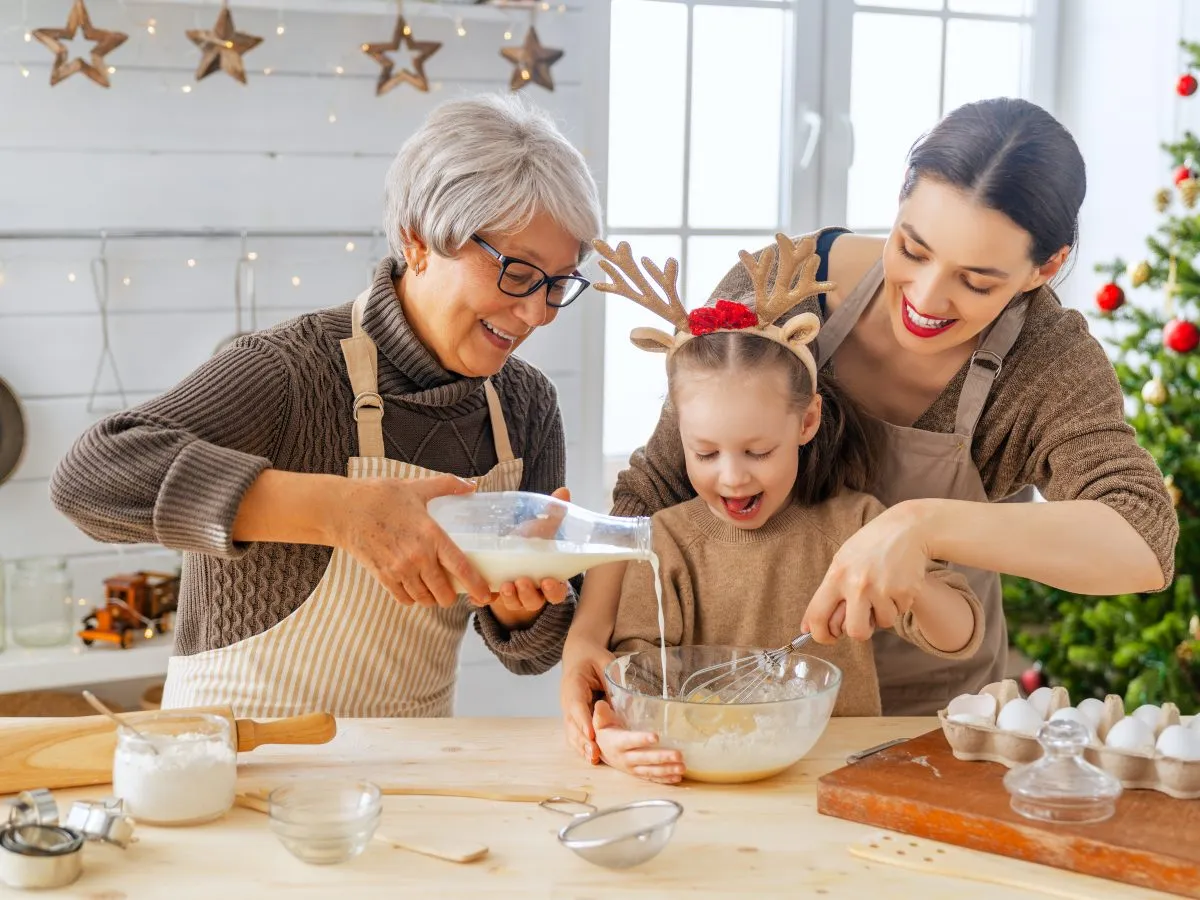
Holiday plumbing problems spike in Tulsa due to extra guests, heavy kitchen use, and cold weather. Learn why problems happen and how to prevent them this season.
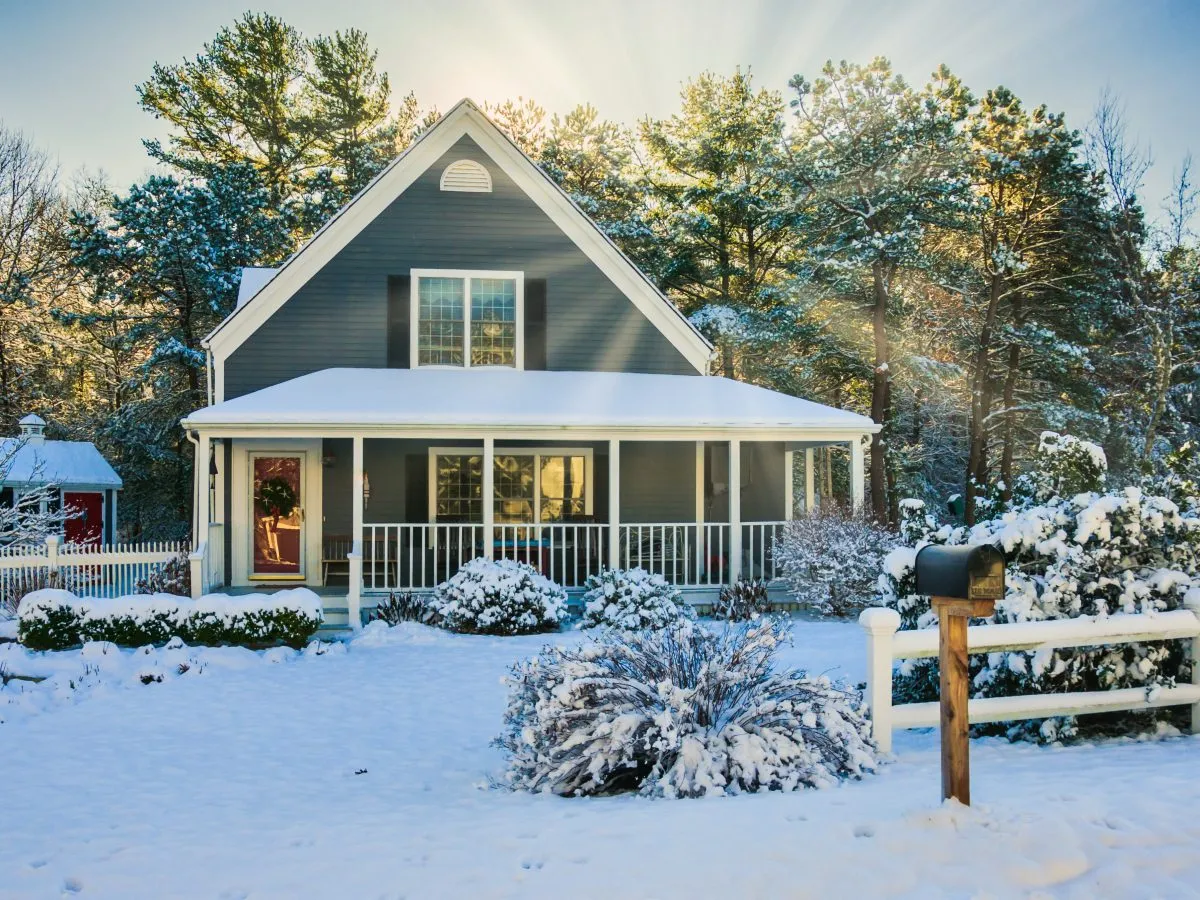
Don’t wait for winter to turn your house into a freezer! Schedule furnace maintenance to prevent breakdowns, lower energy bills, and extend your heater’s lifespan.
Don’t be fooled by falling temps. The end of summer can lead to unexpected plumbing problems, so take these proactive steps to protect your home.
Discover the top 3 summer plumbing issues in Tulsa. Learn how to identify and prevent them and when it’s time to call in the pros.
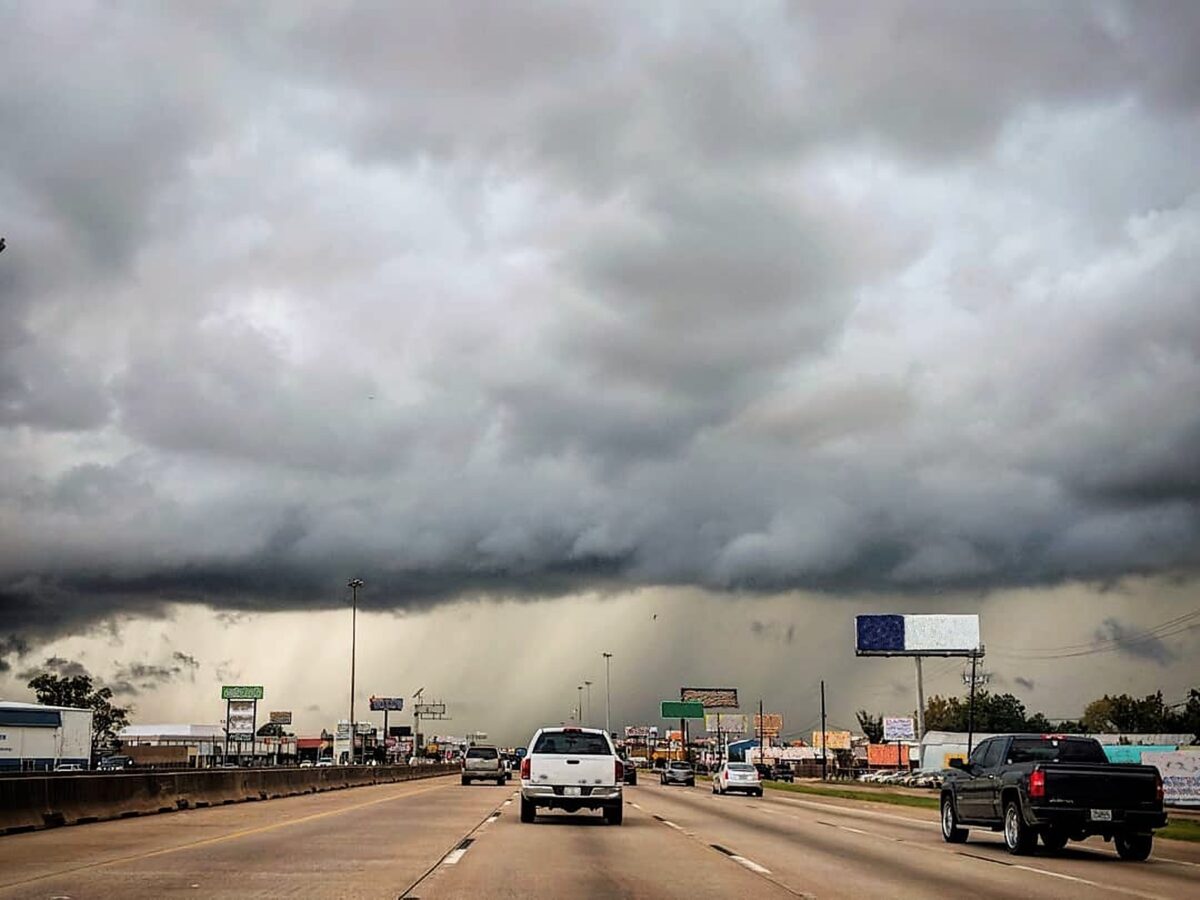
Not all homeowners consider their HVAC and plumbing systems when storms are in the forecast, but you should! Here are tips to prepare for severe weather in Oklahoma.

The news is buzzing about 2025 tariffs and their effect on the HVAC industry. Read our blog to learn how HVAC companies are responding.
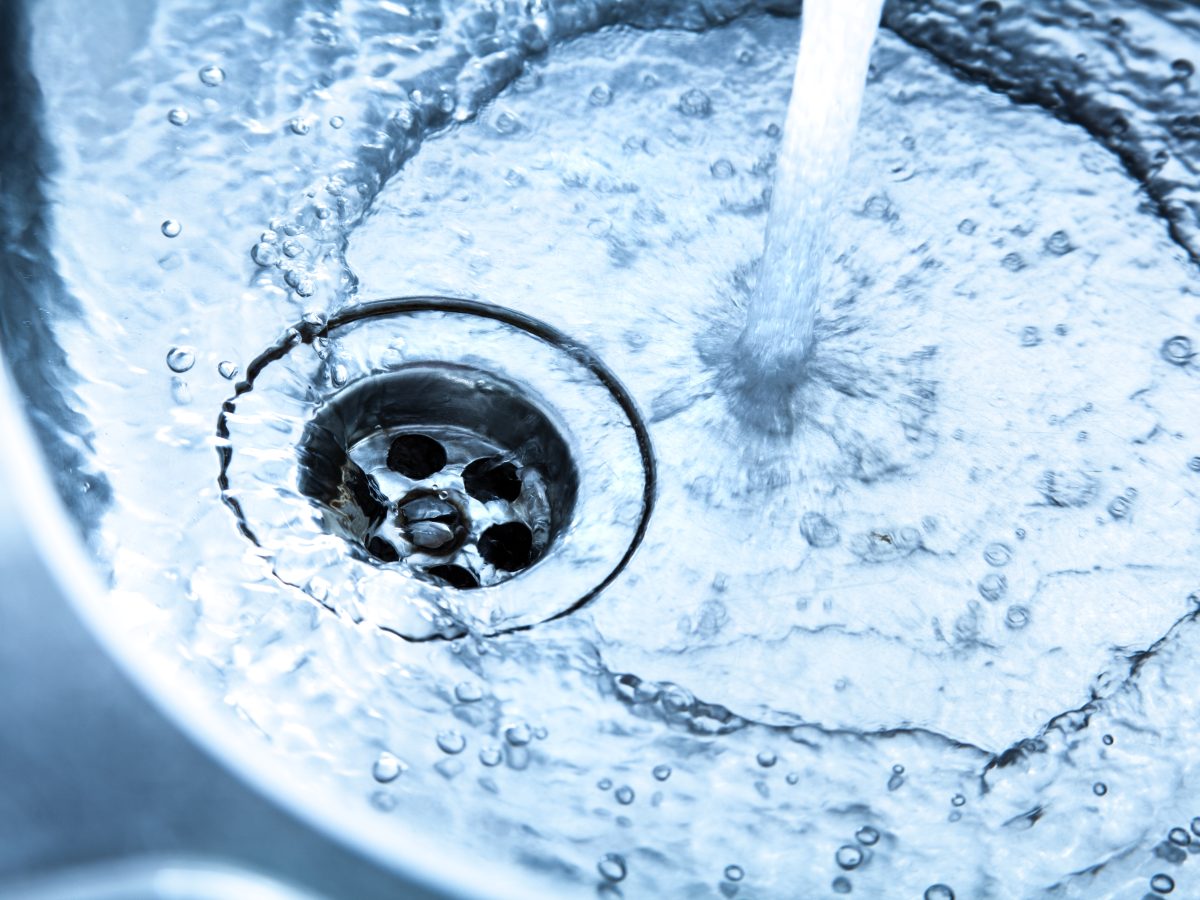
Plumbing issues can wreak major havoc in your home. Here are few tips to troubleshoot your plumbing problems before giving us a call.

Are you experiencing dry air in your home during Tulsa’s cold, winter months? Adding a humidifier to your HVAC system can transform your indoor environment, making it healthier, more comfortable, and more energy efficient. At Air Assurance, we specialize in helping Tulsa homeowners achieve perfect indoor air quality by integrating high-quality humidifiers with their HVAC …

It’s the middle of winter and your furnace starts acting up. You don’t want to call your HVAC technician until you know if it’s a major repair or just a quick fix you can do on your own. How can you find out, though? Here are a few tips for heater troubleshooting. If, after taking these …
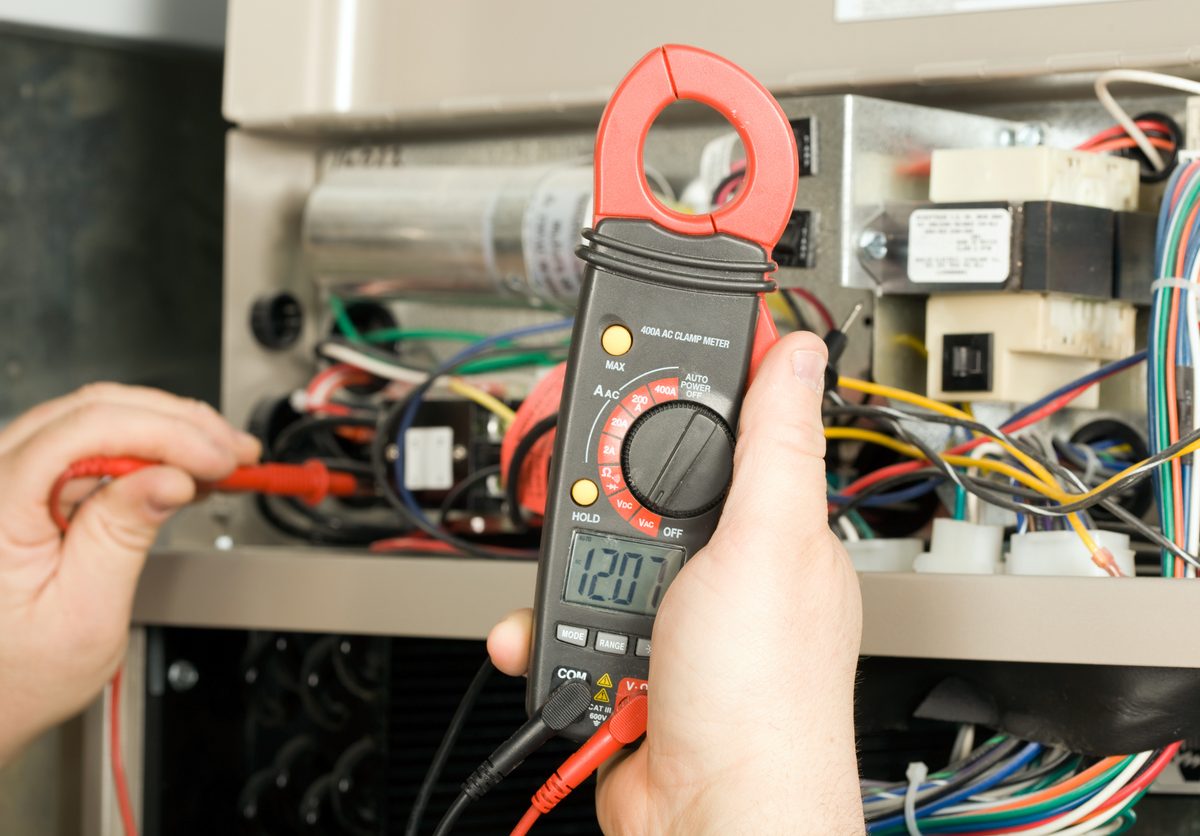
As cool weather dips down into the Houston area, many homeowners start thinking about turning on their heating systems. But before you crank up the heat, it’s a good idea to schedule a professional heating system tune up. Regular heating system maintenance makes a big difference in how well it works, how long it lasts, …
